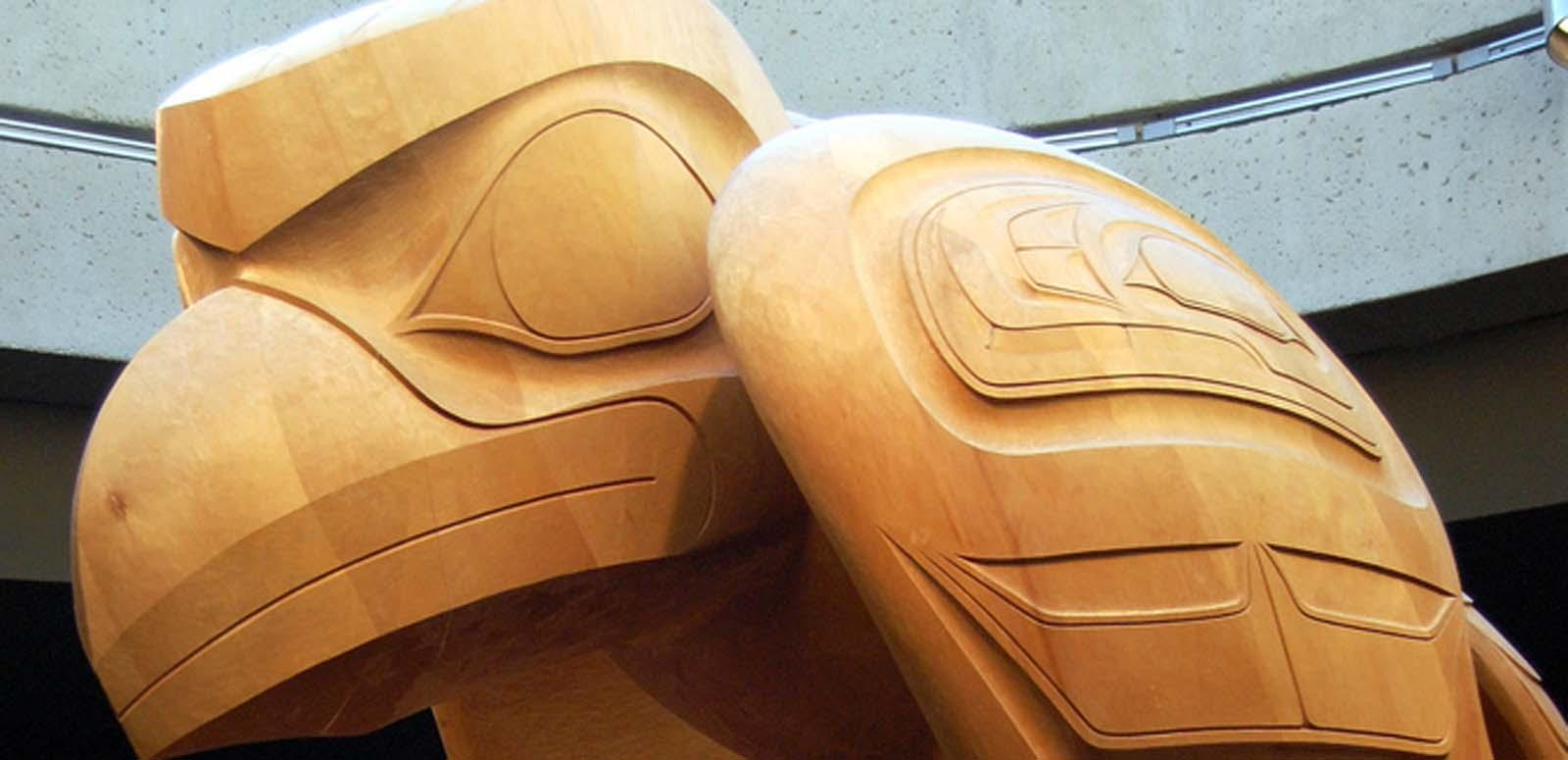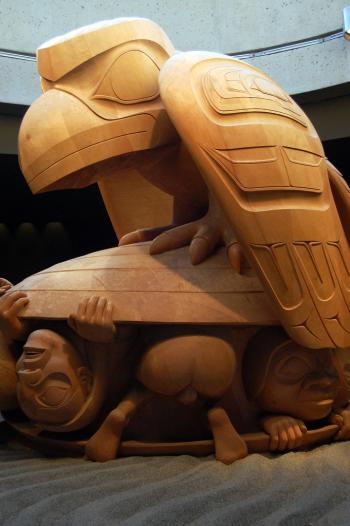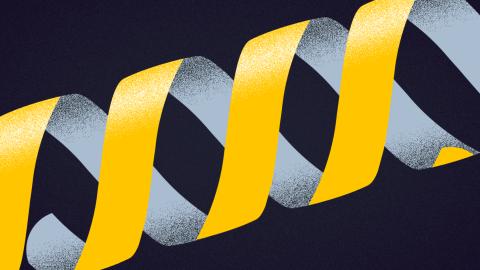

Memory in the digital age
Rod reports on days two and three of UNESCO’s conference in Vancouver, The Memory of the World in the Digital Age: Digitisation and Preservation.
Brewster Kahle from Internet Archive, USA, outlined a digital library model that sees a network of libraries purchase and digitise books and loan them out to one client at a time, as per the traditional library model. This takes advantage of the network that already exists between libraries but does not require a centralised point of control. Kahle suggests that the universal access to all knowledge could be one of the world’s greatest achievements. Copyright would be the main restricting factor in transferring this approach to the Australian archival audiovisual environment.
Google’s ‘Chief Internet Evangelist’, Vint Cerf, noted in his address that the increase in speed required for moving bits between different media is not growing at the same rate as data creation and storage. He also discussed that simply storing data bits is not enough – you need to be able to preserve the ability to execute those bits. Copyright laws have not kept up with developments in technology and the change in America’s requirement for copyright owners to register ownership has severely hampered an archivist’s ability to identify and clear rights for preservation.
The paper by Andris Vilks from the National Library of Latvia on the national implementation of a digital preservation strategy provided an excellent example of diverse collecting institutions developing a coordinated approach to the digitisation of Latvian heritage. They have established a joint methodology and standards for all government collections, including a digitiser’s manual, allowing goals to be set on a national level.

Ivan Chew, Assistant Director of the National Library of Singapore, presented the Singapore Memory project – a long-term national program designed to preserve and provide access to the memory of the nation. They have created a web portal where people can share their stories (along with a small number of media files). These stories range from personal family stories to personal experiences of significant historical and sporting events. They have run a number of promotional campaigns to promote the service including some on-site booths where locals can either bring items to be digitised, or use a camera to record their stories. They aim to collect five million stories by 2015.
Other highlights of Day Two’s presentations:
- M Guercio from The University of Roma, Italy, gave an impassioned speech regarding the need for a collaborative approach to digital preservation in Europe. She claims that millions of Euros have been spent on various (successful) projects but there is still no unified community.
- Rolf Kallmen from the National Archives of Sweden discussed the development of a task force to present recommendations to the Swedish Government regarding the coordination of digital information management and to develop proposals for cost-effective, long-term digital preservation.
- Steve Knight from the National Library of New Zealand outlined his organisation’s work with industry bodies to create the Ex Libris Rosetta digital preservation system and recommended that UNESCO’s Charter on the Preservation of Digital Heritage (2003) be embedded in the legislation of UNESCO member states.
Delegates were invited to dinner at the University of British Columbia’s Museum of Anthropology. I’m looking forward to seeing it again – in particular to see Bill Reid’s massive sculpture ‘The Raven and the First Men’, which depicts a creation myth of the Haida people. It’s an impressive piece of work and yet another example of the importance of preserving our culture and our stories for future generations.
Day three
Dietrich Schuller, from Phonogrammarchiv, the Austrian Academy of Sciences, was a highlight of the third and final day of the UNESCO Conference. Dr Schuller is an internationally recognized expert in audiovisual preservation and restoration and spoke about the key role that audiovisual archives play in capturing oral traditions – a key focus for UNESCO. Autonomy in the field of audiovisual preservation relies on a critical mass of work. As many collections are too small and diverse to achieve critical mass it is essential for smaller agencies to cooperate and share resources. The MEMORIAV program in Switzerland is an example of how this can work.
Mike Casey talked about Indiana University’s digital preservation initiative. He is leading the planning for the preservation of over 500,000 audiovisual records in the University’s collection – that’s a quarter of the NFSA’s entire collection just in one university! He has surveyed the collection items and determined that they probably only have about 15 years in which to preserve their audiovisual collection before it becomes too difficult or too expensive to continue. However a study of the amount of time remaining to complete the task at current rates estimated 120 years. Solutions need to be massive, rapid and considered (without abandoning preservation principles). Although he is rightly proud of the planning that has taken place over the last year, he is the first to remind everyone that the ‘doing’ not the ‘planning’ is what counts. Given Mike’s enthusiasm, drive and commitment to his collection, I feel confident he will overcome any challenge put before him. We will be able to keep in touch with his success through the project’s blog.
George Blood’s ‘Video Compression for Dummies’ presentation was as informative as it was entertaining. He advocated an ‘11th Commandment: Thou shalt not compress video’ alongside excellent illustrations of the dangers of using lossy compression (such as MPEG2), even for so-called ‘low quality content’, because this can create artefacts in the image that make it virtually unwatchable after repeated application of the compression algorithm. He promoted the upcoming IASA Technical Standard TC06, ‘Guidelines for the Production and Preservation of Digital Video Objects’, which is being developed by Kevin Bradley from the National Library of Australia.
I also presented my paper on digital disaster recovery. This paper – mainly written by my colleagues Mick Newnham, Greg Moss and Trevor Carter – illustrated that disaster planning for digital collections requires more than just the creation of backup copies: it is a continuum that starts with ensuring the original file is intact through to developing quality checking procedures, identifying and managing the changing file types and hardware, and minimising potential risk through negligence or malicious attack. The presentation seemed to be received well and I had several follow-up questions afterwards from people who were designing digital workflows and who were going to be doing things differently as a result of my talk.
The plenary session summarised the outcomes, recommendations and conclusions of the conference that will be used to posit UNESCO’s policy on digital heritage. Key features of the Declaration to be presented to the Director-General of UNESCO focus on education, collaboration and advocacy. A draft statement will be released next week and will be available for review and comment on the Conference website.
Janis Karklins, the inspirational Assistant Director-General for UNESCO’s Communication and Information Sector, concluded enthusiastically that the conference outcomes will help to ‘protect mankind from suffering Digital Amnesia’. Now if only he could come up with a way to protect me from jet lag…
The National Film and Sound Archive of Australia acknowledges Australia’s Aboriginal and Torres Strait Islander peoples as the Traditional Custodians of the land on which we work and live and gives respect to their Elders both past and present.


